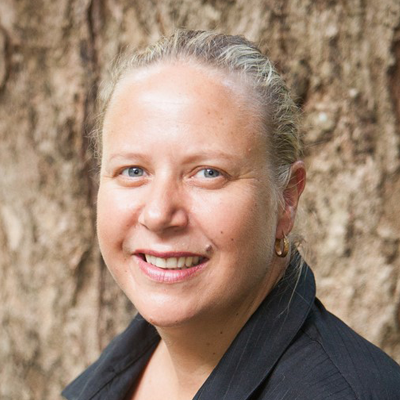Thanks Malcolm. Great question.
Using the government’s superannuation rules to ensure the maximum amount of your wealth is gifted upon passing rather than being taxed is known as the ‘recontribution strategy’, and to understand how this strategy works let us first consider the superannuation legislation you mentioned.
The two ways money can be put into super is tax free (a non-concessional contribution – NCC) or a taxable (concessional contribution – CC). Every dollar that enters and leaves the superannuation environment is remembered by the fund as these components.
For example, over our working life employers put our super contributions in concessionally, but if we put money in ourselves, we could elect to put this in non-concessionally. As the majority of people rely on employer contributions to fund their retirement savings, over time there can generally be a higher percentage of the concessional and therefore taxed component of one’s retirement balance.
Upon death the taxable and tax-free components of our money are remembered, leaving this final tax calculation to potentially be paid by those who receive our gifting. The rules of estate planning come into effect here and have different outcomes for either a ‘tax dependant’ and a ‘non-tax dependant’.
Tax dependant beneficiaries include:
- the deceased’s spouse or former spouse
- the deceased’s child aged under 18
- any other person who was financially dependent on the deceased when he or she died
- any other person with whom the deceased was in an interdependency relationship just before he or she died
- any person who receives a super lump sum because of the death of someone in the line of duty
Any person other than those considered tax dependants who receives a death benefit is generally a non-tax dependant. Common examples include adult financially independent children, siblings, nieces and nephews, grandchildren and charitable organisations.
The taxable component of a lump sum superannuation death benefit is taxed at a maximum rate of 17% when paid to a non-tax dependant (or 15% where paid via the estate as no Medicare levy is payable). Conversely, the tax-free component is received completely tax free by any beneficiary, even if they are non-tax dependants.
The recontribution strategy involves withdrawing an amount from individual’s superannuation benefits and recontributing it as a non-concessional contribution. The result of this strategy is that taxable superannuation benefits are converted into tax free superannuation benefits. Converting a taxable component into a tax-free component before death reduces the amount of tax payable where a death benefit is paid to non-tax dependant beneficiaries, such as adult children.
How to ‘re-contribute’:
Step 1: Withdraw money from superannuation
To access super as a lump sum, the person either requires unrestricted non-preserved benefits or has preserved benefits and has met a condition of release. Usually the condition of release is retirement, so in your case it may be best to do this upon retirement, depending on the balance that you are needing to re-contribute.
Step 2: Re-contribute the proceeds to super
You must be eligible to contribute into super, and also have sufficient room available on their NCC cap to make the contribution. A larger balance needing to be withdrawn and recontributed should be completed in the financial year of retirement to take advantage of the below ‘bring forward’ rules. A smaller ‘relevant amount’ could potentially be recontributed using the 10% transition to retirement strategy you mentioned.
The non-concessional contribution cap
When undertaking a re-contribution strategy, you must consider your NCC cap.
Broadly speaking, NCCs are limited by the NCC cap of $100,000 pa, or if eligible for the bring-forward provisions, up to $300,000 over three years. Before making an NCC, it is important to check:
- Your contribution history to ensure that the bring-forward provisions have not already been triggered in the previous two financial years
- Your total superannuation balance (TSB) on 30 June the previous financial year. If TSB is more than $1.6 million, no NCCs can be made and if TSB between $1.4 million and $1.599 million, the full three-year bring forward will not be available.
To ensure all of the above is implemented smoothly to ensure your desired outcome, please ensure you research your personal circumstances in depth or seek advice with a qualified financial adviser.





















